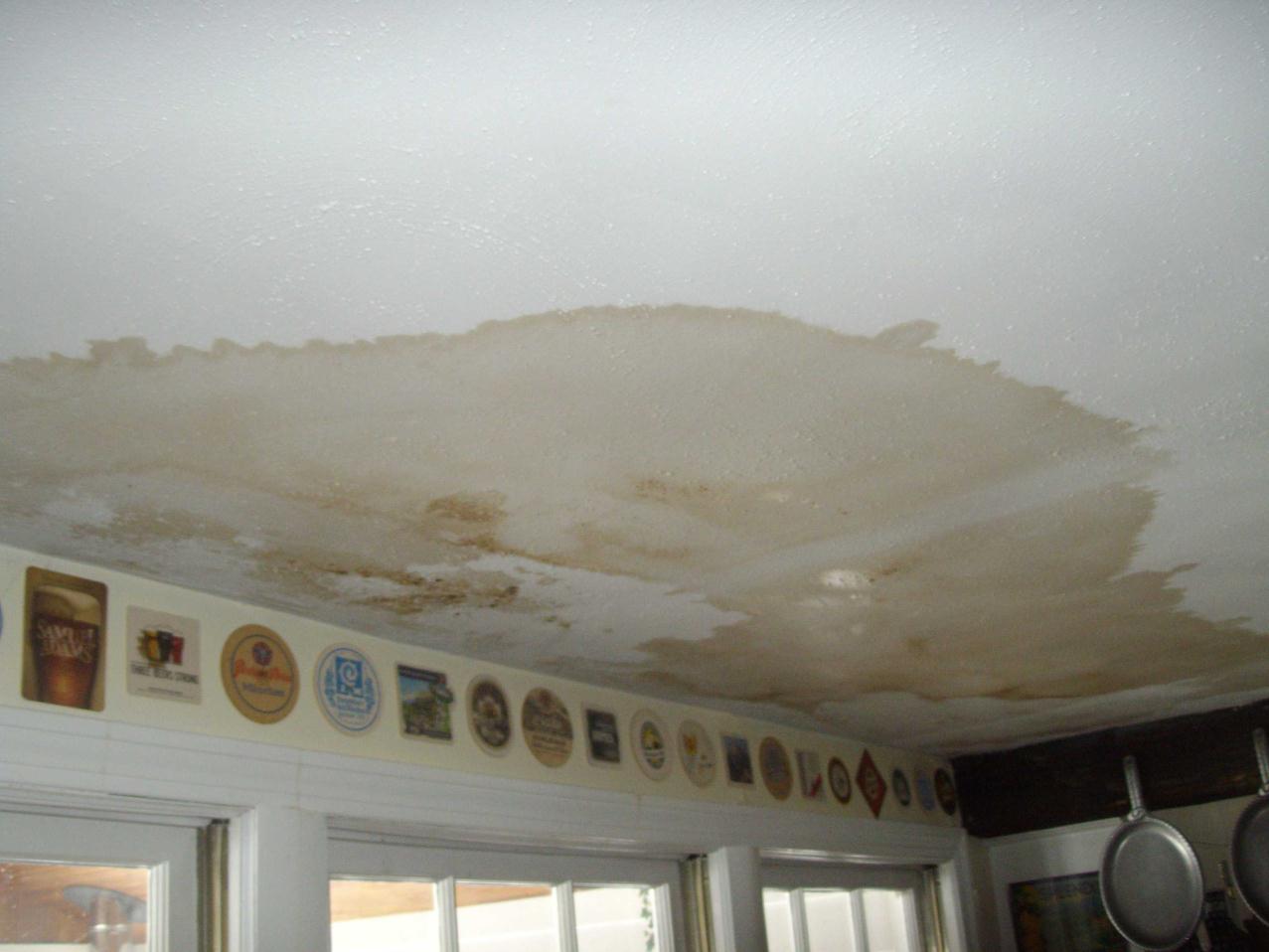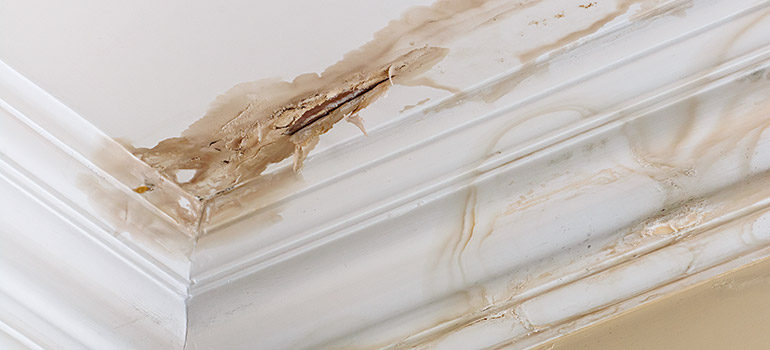Do's & Don'ts of Water Damage.
Do's & Don'ts of Water Damage.
Blog Article
The author is making several good observations relating to Safety Tips To Prevent Fire And Water Damage as a whole in the article directly below.

Water offers life, yet water breach on some parts where it's not expected to be can result in damage and hassle. In enhancement, residences with water damages odor musty and also old.
Water can originate from lots of resources like typhoons, floods, burst pipes, leakages, and sewage system problems. It's far better to have a functioning expertise of safety and security precautions if you have water damages. Here are a few guidelines on exactly how to handle water damages.
Do Prioritize House Insurance Coverage
Seasonal water damage can originate from floodings, seasonal rainfalls, as well as wind. There is additionally an event of an unexpected flooding, whether it originated from a faulty pipeline that unexpectedly ruptures right into your residence. To secure your residence, get house insurance coverage that covers both acts of God such as all-natural catastrophes, and also emergency situations like broken plumbing.
Don't Fail To Remember to Switch Off Utilities
When catastrophe strikes and also you remain in a flood-prone location, turn off the major electric circuit. Turning off the power protects against
When water comes in as water serves as a conductor, electric shocks. Do not fail to remember to shut off the primary water line valve as a means to prevent more damage.
Maintain your furniture stable as they can move about as well as create extra damages if the floodwaters are obtaining high.
Do Stay Proactive as well as Heed Climate Alerts
If you live in an area pestered by floodings, remain proactive as well as prepared at all times. Pay attention to the information and also evacuation warnings if you live near a body of water like a creek, river, or lake.
Do Not Disregard the Roof
Your contractor needs to take treatment of the faulty rain gutters or any type of other indications of damages or weakening. An inspection will certainly avoid water from flowing down your wall surfaces and soaking your ceiling.
Do Take Note Of Little Leaks
A burst pipe does not happen in a vacuum cleaner or over night. There are red flags that can attract your attention and indicate to you some weakened pipelines in your house. Indicators of warnings in your pipes consist of bubbling paint, peeling off wallpaper, water streaks, water stains, or leaking audios behind the walls. There are indicators that the pipeline will certainly break. Don't wait for a rise if you see these signs. Repair work and also examine your plumbing fixed prior to it causes massive damages to your home, finances, and also a personal headache.
Do Not Panic in Case of a Ruptured Pipe
Timing is key when it comes to water damages. If a pipeline bursts in your residence, instantly shut off your main water shutoff to cut off the source and prevent even more damages. Call a credible water damages restoration expert for support.
Water gives life, but water invasion on some parts where it's not intended to be can result in damages as well as inconvenience. In enhancement, houses with water damage smell musty as well as old.
Seasonal water damages can come from floodings, seasonal rainfalls, and also wind. Indications of red flags in your pipelines include gurgling paint, peeling off wallpaper, water streaks, water spots, or trickling noises behind the wall surfaces. If a pipe bursts in your residence, immediately closed off your major water shutoff to reduce off the source and also avoid more damage.
Some Do's & Don't When Dealing with a Water Damage
DO:
Make sure the water source has been eliminated. Contact a plumber if needed. Turn off circuit breakers supplying electricity to wet areas and unplug any electronics that are on wet carpet or surfaces Remove small furniture items Remove as much excess water as possible by mopping or blotting; Use WHITE towels to blot wet carpeting Wipe water from wooden furniture after removing anything on it Remove and prop up wet upholstery cushions for even drying (check for any bleeding) Pin up curtains or furniture skirts if needed Place aluminum foil, saucers or wood blocks between furniture legs and wet carpet Turn on air conditioning for maximum drying in winter and open windows in the summer Open any drawers and cabinets affected for complete drying but do not force them open Remove any valuable art objects or paintings to a safe, dry place Open any suitcases or luggage that may have been affected to dry, preferably in sunlight Hang any fur or leather goods to dry at room temperature Punch small holes in sagging ceilings to relieve trapped water (don't forget to place pans beneath!); however, if the ceiling is sagging extremely low, stay out of the room and we'll take care of it DO NOT:
Leave wet fabrics in place; dry them as soon as possible Leave books, magazines or any other colored items on wet carpets or floor Use your household vacuum to remove water Use TV's or other electronics/appliances while standing on wet carpets or floors; especially not on wet concrete floors Turn on ceiling fixtures if the ceiling is wet Turn your heat up, unless instructed otherwise

Do you enjoy reading about 5 Home Safety Tips To Reduce The Risk Of Fire And Water Damage? Try to leave feedback down the page. We'd be interested to hear your reactions about this page. Hoping that you visit us again in the future. So long as you liked our page if you please do not forget to share it. Bless you for your time. Visit us again soon.
Report this page